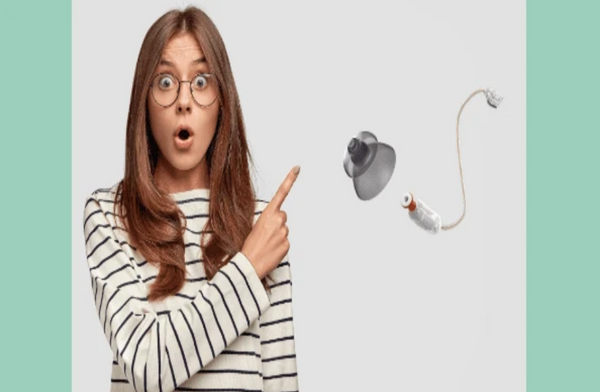When it comes to hearing aids, one of the most critical decisions you'll make is choosing between hearing aid molds and hearing aid domes. Both options have their unique advantages and disadvantages, and understanding these can help you make an informed choice. This guide aims to provide a comprehensive comparison of hearing aid molds vs domes, helping you determine which is best suited for your needs.

What Are Hearing Aid Molds?
Hearing aid molds are custom-made earpieces that fit snugly into your ear canal. They are typically made from materials like acrylic, silicone, or soft plastic. The primary advantage of molds is their ability to provide a perfect fit, which can significantly enhance sound quality and comfort.
"Hearing aid molds are often recommended for individuals with severe to profound hearing loss due to their superior sound isolation and feedback reduction capabilities."
Advantages of Hearing Aid Molds
- Custom Fit: Since they are tailored to your ear's shape, they offer a more secure and comfortable fit.
- Better Sound Quality: The custom fit helps in reducing feedback and improving sound clarity.
- Durability: Made from robust materials, they tend to last longer.
Disadvantages of Hearing Aid Molds
- Cost: Custom molds can be more expensive than domes.
- Maintenance: They require regular cleaning and maintenance.
- Comfort: Some users may find them less comfortable, especially during prolonged use.
What Are Hearing Aid Domes?
Hearing aid domes are pre-sized, interchangeable tips that attach to the end of the hearing aid's receiver. They come in various sizes and styles, such as open, closed, and power domes. Domes are generally easier to fit and replace, making them a popular choice for many users.
"Hearing aid domes are ideal for individuals with mild to moderate hearing loss, offering a balance between comfort and sound quality."
Advantages of Hearing Aid Domes
- Ease of Use: Domes are easy to fit and replace, making them convenient for daily use.
- Comfort: They are generally more comfortable for extended wear.
- Cost-Effective: Domes are usually less expensive than custom molds.
Disadvantages of Hearing Aid Domes
- Sound Quality: They may not provide the same level of sound isolation and clarity as custom molds.
- Fit: Since they are not custom-made, they may not fit as securely.
- Durability: Domes may need to be replaced more frequently.
Which Is Right for You?
Choosing between hearing aid molds vs domes ultimately depends on your specific needs and preferences. If you have severe hearing loss and require a secure fit with excellent sound quality, custom molds may be the better option. On the other hand, if you prefer convenience and comfort, domes might be more suitable.
Consider consulting with a hearing care professional to get personalized advice. They can help you weigh the pros and cons of each option based on your hearing loss level, lifestyle, and budget.
Conclusion
Both hearing aid molds and domes have their unique benefits and drawbacks. Understanding these can help you make an informed decision that best suits your hearing needs. Whether you opt for the custom fit and superior sound quality of molds or the convenience and comfort of domes, the right choice will enhance your overall hearing experience.
For more information, you can check out this detailed comparison or watch the video below:
References









